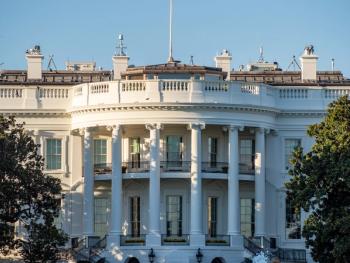
Health Information Exchanges Serve 92% of U.S.
Survey results released same morning CMS administrator calls healthcare ‘communication disaster.’
Health information exchanges (HIEs) serve the vast majority of those in the U.S.: approximately 92% of the population, according to a new survey.
But even as the results touted the expansion as a critical advancement to a nagging problem in the healthcare landscape, it was a top federal official the same morning who called the current data landscape of American healthcare a “communication disaster.”
Clearly, full interoperability in healthcare is a matter of dynamic debate.
SHIEC points to the expansion of such HIE coverage as a key breakthrough toward connecting all the data dots.
“We’ve believed in the value of HIEs since the early days of SHIEC, but we wanted to measure how HIEs provide critical national infrastructure to improve the way healthcare is delivered in communities across the nation,” said Kelly Hoover Thompson, the CEO of SHIEC.
The group has 135 member organizations including 76 HIEs across the nation, they said at the conference. The HIEs are currently delivering more than a billion clinical alerts each year.
In the 2016, the SHIEC members formed the Patient Centered Data Home Model, which enables nearly-real-time alerts about clinical events nationally. That collaboration accounts for more than 200 million people tracked in the respective HIEs.
Over the last year, it’s also increased dramatically — by approximately 230% in participation, and by approximately 300% in the number of alerts, according to the group.
“Our HIE community needs to work closely with CMS to achieve national interoperability and healthcare value goals, and we know that SHIEC member HIEs will play a significant role in achieving these goals,” added Thompson.
‘DISASTER’
Seema Verma, MPH, the administrator for the Centers for Medicare & Medicaid Services (CMS)
But the current situation, she said, is not working.
“Imagine if the government paid for everyone to have a cell phone but you could only call people who had the same carrier. It would be a communication disaster,” said Verma. “That is what we have today in our healthcare system, a communication disaster. Data is trapped in digital siloes, and we are not able to fully leverage our $36B investment and the full potential of EHRs to transform the United States healthcare system.”
But the attendees at the SHIEC conference, an estimated 630-plus members, are a key component to help “unleash the power of data,” Verma added in her keynote remarks.
Get the best
Related








































